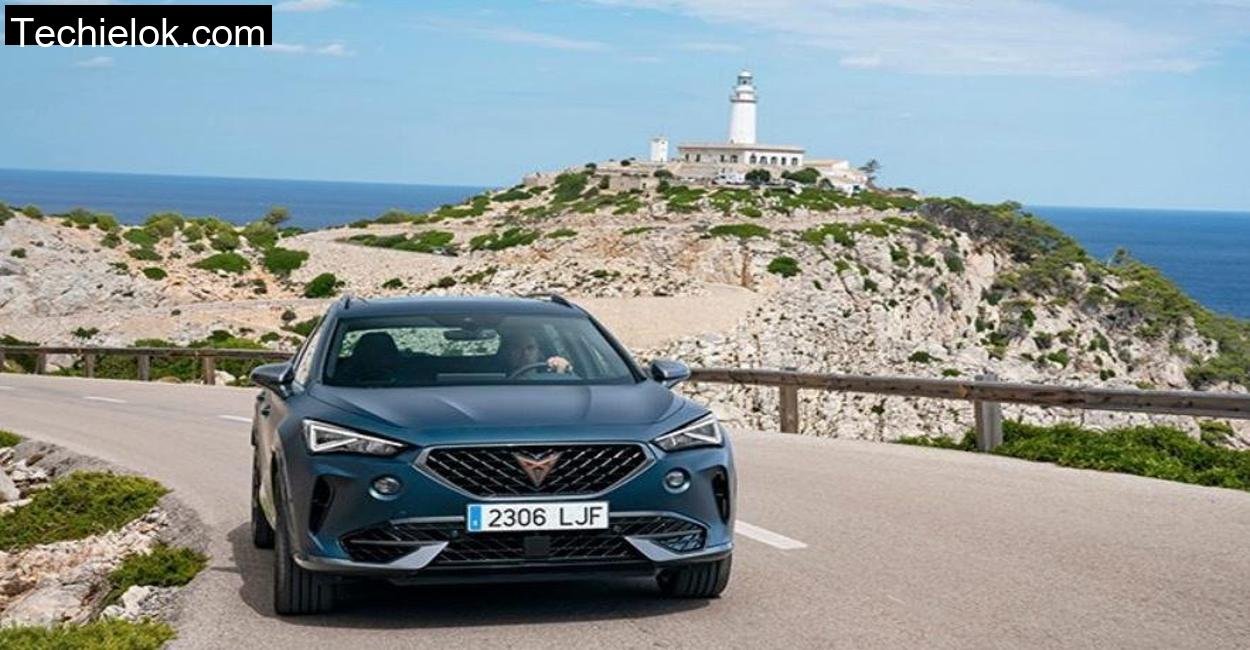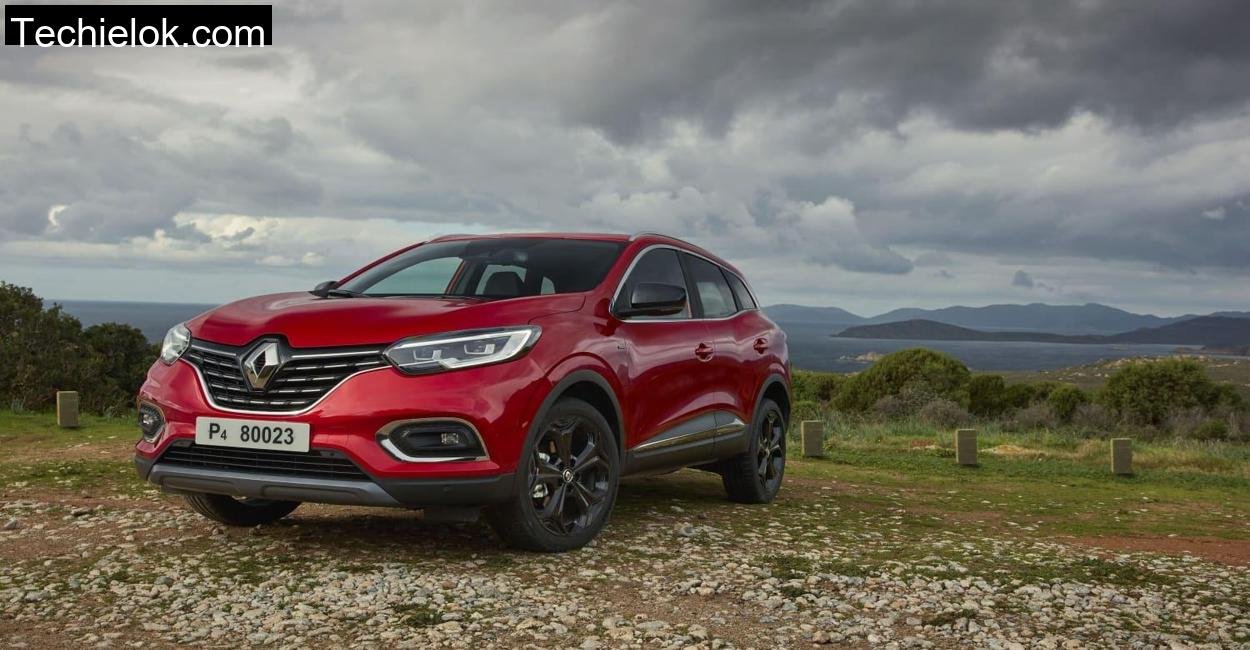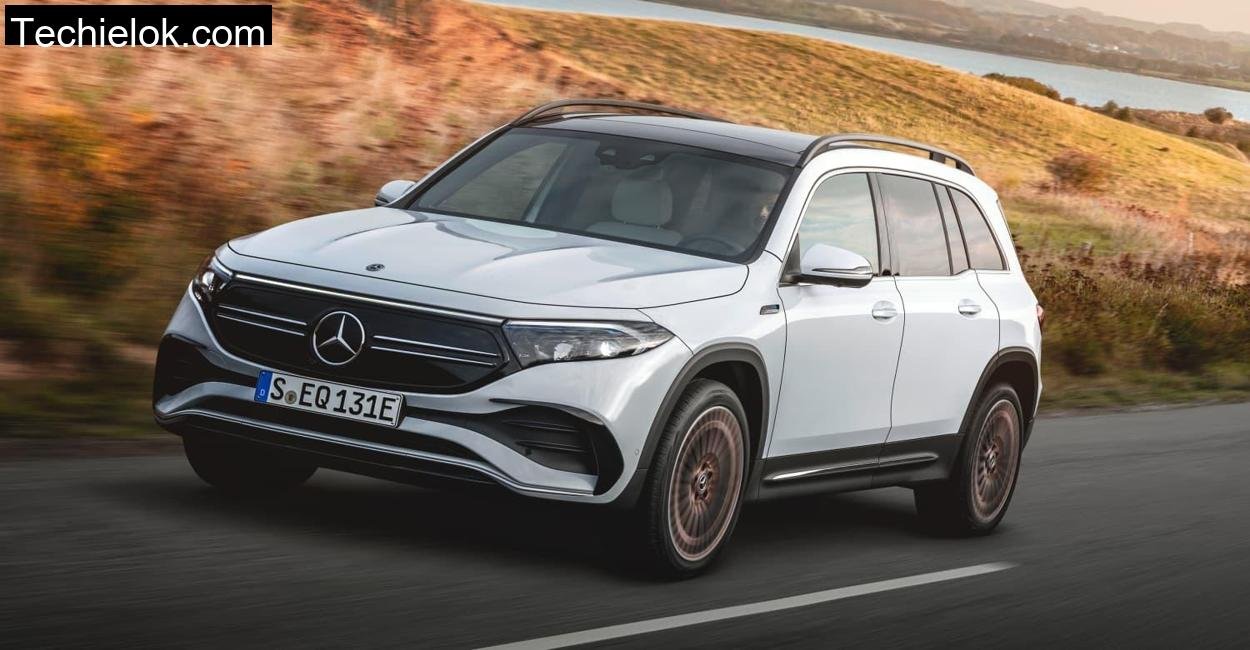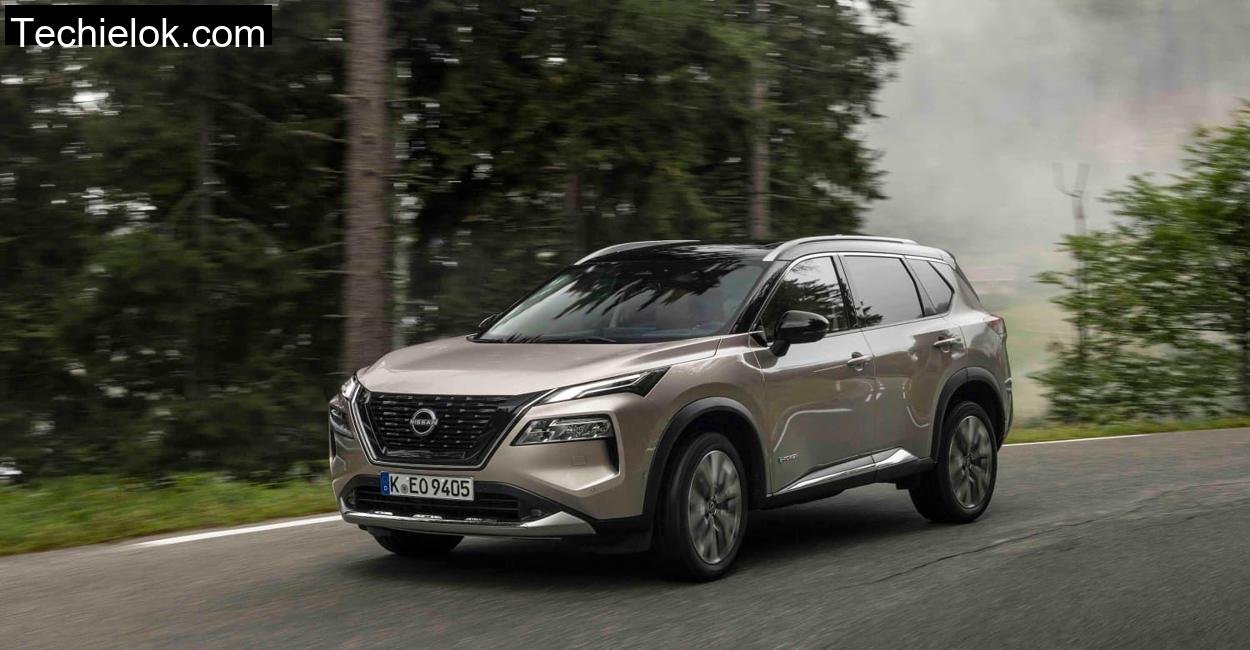If there’s one thing I’ve learned after years of driving everything from bulky SUVs to svelte hatchbacks, it’s this: the mountains don’t lie. And in the folds and forests of the Karwendel range, stretching across Bavaria into Austria, every switchback, slope, and slushy shoulder exposes a car’s truth. So when I took the Seat Ateca 1.5 TSI ACT Xperience up to this austere, pine, draped wilderness, I wasn’t expecting indulgence. I was expecting honesty, from the terrain, and from the car.
The Ateca has always been something of an underdog in the VW Group, more understated than the Tiguan, less premium than the Audi Q3, and rarely the first name on anyone’s SUV shopping list. But in this landscape of snow, fringed roads and damp gravel shoulders, the Ateca had something to prove. And it delivered in ways I hadn’t expected, while also exposing its limitations, subtly, but clearly.
Living With The Engine: Where 150 Horses Feel Honest
The heart of this compact SUV is its 1.5, liter TSI petrol engine, pushing out 150 hp and 250 Nm of torque. It’s a unit I’ve driven in other VW Group products, but here in the Ateca, it felt livelier. That could be down to the weight, just over 1.4 tons, and the linearity of the power delivery. Merging onto the B2 near Mittenwald, the Ateca picked up speed without drama, without wheelspin, just a quiet and composed shove forward.
I found the ACT (Active Cylinder Technology) system clever but subtle. Coasting downhill into the gorge near Scharnitz, the engine seamlessly dropped two cylinders, though the effect on fuel economy was modest. I was averaging just over 7 liters/100 km, even with some restrained driving. On flatter Autobahn stretches, I’d maybe see 6.5. Still, not exactly sipping, but not guzzling either.
Crucially, torque comes early, 1,500 rpm, and stays with you till 3,500, making overtakes stress, free. I didn’t feel the need to rev it out, and the manual gearbox (yes, three pedals!) was a joy to row through. The clutch was light, gear throws short, and I had total control crawling up icy forestry paths where DSGs tend to get confused.
Chassis and Ride: Balanced, But Knows It’s a Road Car
I’ll say this outright: the Ateca doesn’t pretend to be a go, anywhere off, roader. But it feels confident on broken tarmac and loose gravel, thanks to a firm but forgiving chassis. Our test car came with the adaptive suspension (DCC), which proved invaluable on the varied textures of the Karwendel region. In Comfort mode, it softened road undulations on the Walchensee loop, but remained composed when switched to Sport for the faster, wider stretches.
At low speeds, yes, it felt firm. Manhole covers and frost heaves send a gentle jolt through the cabin. But nothing upsetting. Once up to speed, the Ateca smoothed out like a well, balanced hatchback, more Golf than SUV in body control.
Cornering through the steep switchbacks near the Gamsjochhütte trailhead, the ESP kicked in predictably when I deliberately pitched the car a little hard into a descending hairpin. No drama, no understeer, laden panic. Just a hint of squirm followed by a graceful return to composure.
Cabin Comfort: Familiar, Logical, Frustrating Touchscreen
I spent a full day in the Ateca, starting early in Mittenwald, exploring small gravel tracks near Hinterriß, then up toward Seefeld in Tirol, and never once felt fatigued. The front seats are shaped with care, not bulk, and the seating position strikes a great balance between command and comfort. Everything’s within reach.
However, Seat’s decision to ditch physical controls for the 9.2, inch touchscreen remains a sore point. While the graphics are sharp and the system fluid, adjusting basic functions like volume or navigation requires multiple taps. When you’re dodging potholes or glancing at an oncoming logging truck, you don’t want to decipher icons.
Fortunately, climate controls remain physical, and that’s a small mercy in today’s touch, obsessed interiors.
Space and Practicality: It’s All You Really Need
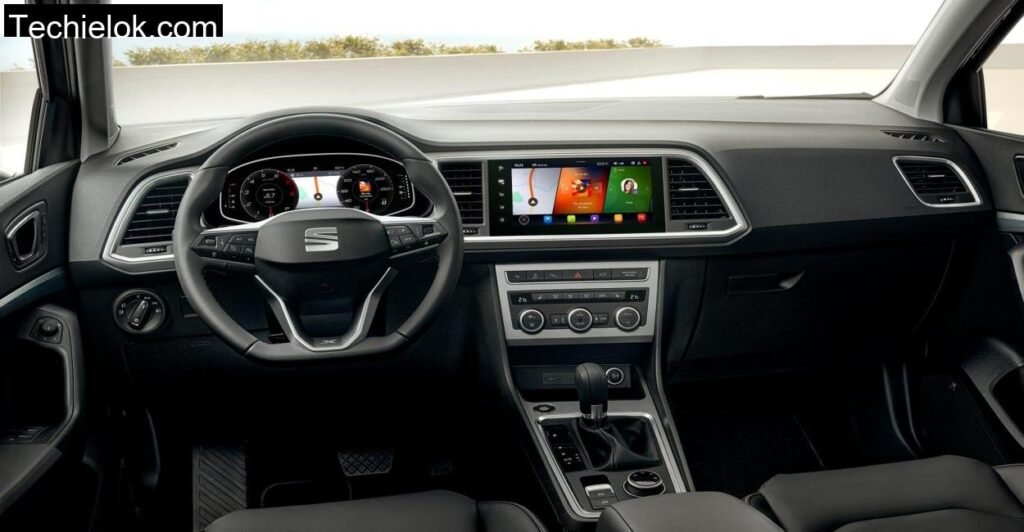
In practical terms, the Ateca punches above its size. The boot held my full, size 29” mountain bike (with front wheel off) and still had space for boots, camera gear, and a thermos. The boot volume of 510 liters (up to 1,604 liters folded) makes it a genuine weekend warrior.
I had two adult passengers in the rear for a short climb up toward the Eng valley. No complaints. The legroom is fine unless you’re well over 6 feet tall, and headroom is generous. The shorter body compared to the Tiguan doesn’t translate into real, world compromises.
Child seat fitment was also seamless, well, placed ISOFIX points, and no fiddling with belts. Just be mindful of the fixed rear headrests if using high, back boosters.
Safety and Assistance: It’s Got Your Back, Mostly
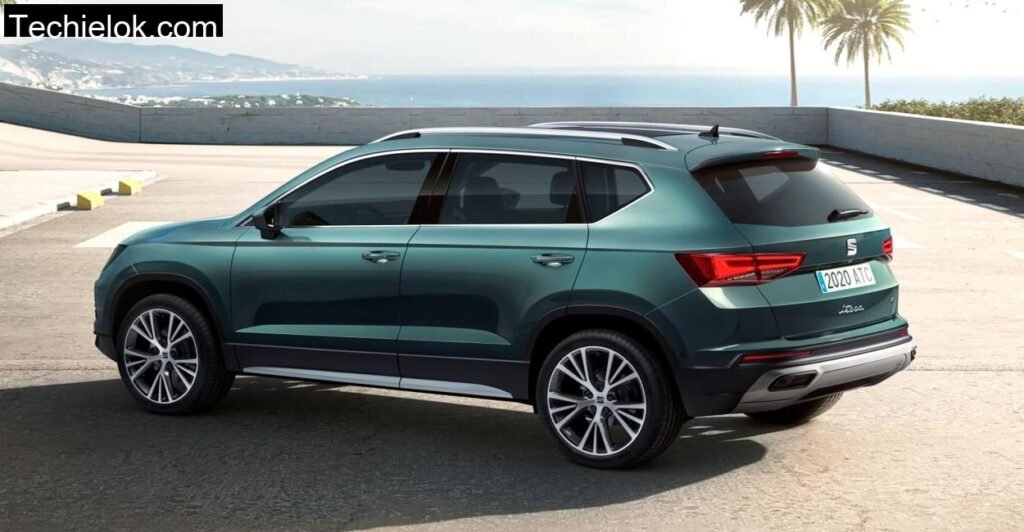
The Ateca doesn’t skimp on the basics. Automatic emergency braking, fatigue detection, and cruise control are standard from the mid, level trims, and they all work quietly in the background. I particularly appreciated the fatigue alert, which popped up with a gentle nudge after several hours of stop, go through mountain traffic.
However, some systems are behind a paywall. Lane Keep Assist, blind spot monitoring, and cross, traffic alert cost extra. They’re worth it, especially for suburban or motorway, heavy users, but their absence in the base spec feels like an oversight in a car this otherwise well, considered.
The Verdict After Karwendel: The Real, World SUV
The Karwendel isn’t the kind of place to baby a car. Roads vary wildly, from flowing, scenic ribbons of tarmac to pockmarked village streets and occasional hardpack trails. And throughout it all, the Ateca held its own.
It’s compact, but not cramped, refined, but not overstuffed, and honest, not flashy. Sure, the touchscreen annoys. And sure, some assistance tech costs more than it should. But the fundamentals are so well sorted that you almost don’t care.
In a world full of bloated, tech, laden SUVs that promise the moon and deliver a fridge, the Ateca just works. And it works well.
Technical Specifications
All Seat technical info is pulled in real-time from their official website for unmatched accuracy.
| Specification | Detail |
| Engine Type | Petrol (Otto) |
| Displacement | 1,498 cc |
| Power Output | 150 hp (110 kW) |
| Torque | 250 Nm |
| Transmission | 6, speed manual |
| Drive Type | Front, wheel drive |
| 0, 100 km/h | 9.0 seconds |
| Top Speed | 202 km/h |
| Combined Fuel Consumption (WLTP) | 6.2 l/100 km |
| CO₂ Emissions (WLTP) | 141 g/km |
| Boot Capacity (Normal / Max) | 510 L / 1,604 L |
| Braked Trailer Load | 1,800 kg |
| Unbraked Towing Capacity | 700 kg |
| Dimensions (L x W x H) | 4,381 x 1,841 x 1,601 mm |
| Empty Weight (EU) | 1,413 kg |
| Payload | 517 kg |
| Base Price (Germany) | €36,200 |
| Warranty | 2 years |
Is the Seat Ateca 1.5 TSI engine powerful enough for mountainous terrain like Karwendel?
Absolutely. The engine delivers torque low in the rev range, making it suitable for inclines and overtaking. You won’t miss a diesel unless you’re towing often.
Does Seat Ateca 1.5 TSI handle off, road trails?
It can handle hardpack, gravel, and some snow with ease, especially with the adaptive dampers. But it’s not an all, wheel drive, so stay away from deep mud or steep wet climbs.
Is Seat Ateca 1.5 TSI a good family car?
Yes. With the rear seats folded, I fit a full, size mountain bike inside with ease. For two bikes, consider a tow hitch rack.



